10 interesting horse facts you definitely don’t know
Believe it or not, there’s a bunch of weird and wonderful things to know about horses – here are 10 fascinating horse facts you should know

Horses are something of a specialist pet – a great deal of knowledge and effort goes into keeping them. However, that’s not to say you can’t sound like an expert in all things equine by boning up on a few horse facts!
Already clued up on why horses wear shoes? Aware of the difference between a horse and a pony? Know how many horse colors there are? Sounds like you’ve sussed entry-level horse facts and are ready for something more advanced. Here are 10 horse facts that would help you blend in at any barn.
Interesting horse facts
1. Horses produce approximately 10 gallons of saliva daily
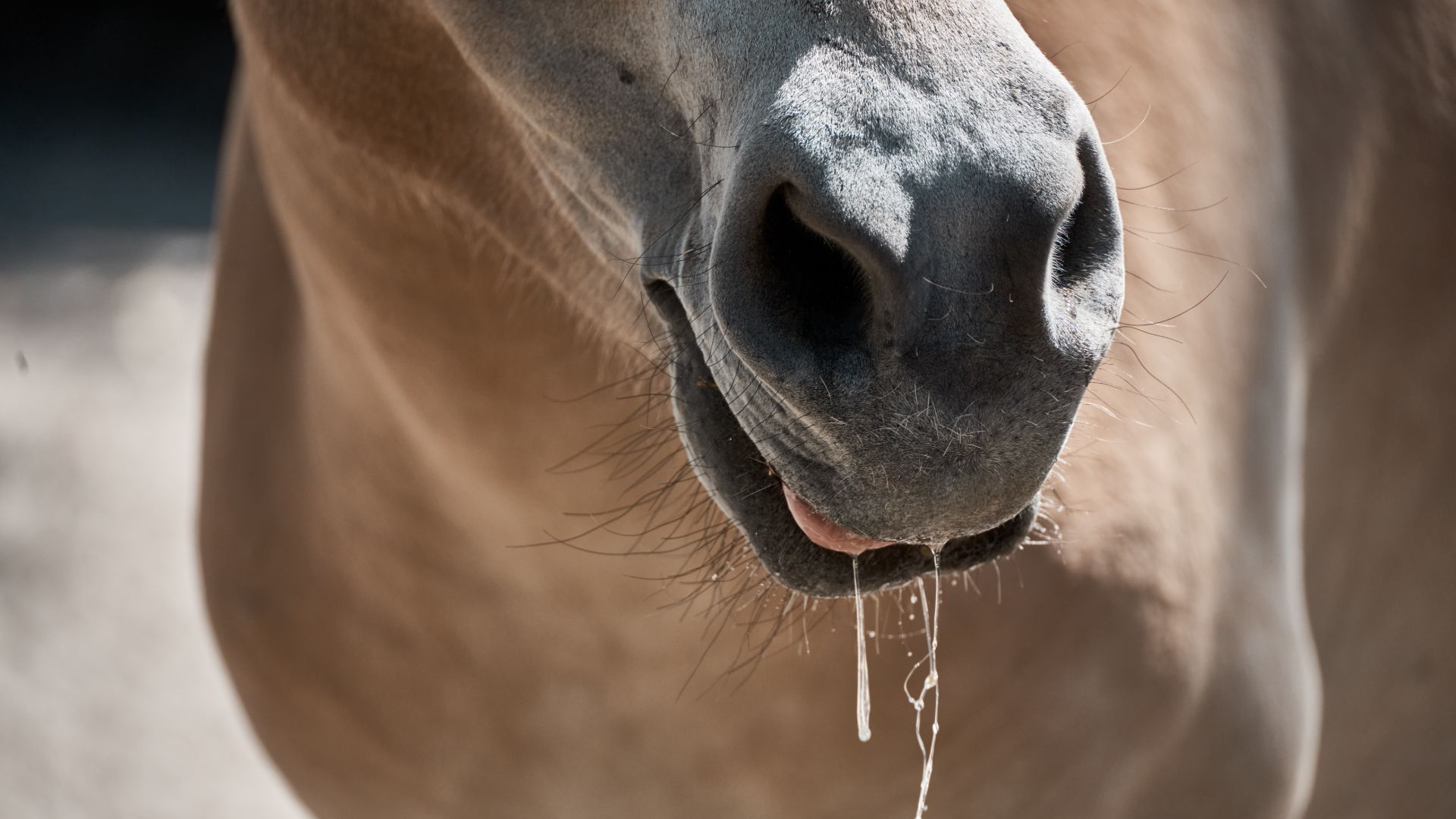
A pretty gross horse fact straight off the bat – but it’s totally true!
So, why so much saliva? Well, it acts as a natural buffer to stomach acid. The pH value in the horse’s stomach varies region by region, but in the lower third it can be as low as 1 or 2, which is very acidic. Saliva contains bicarbonate, which helps neutralize the acidic environment and guards against stomach ulcers.
Unlike humans, horses only produce saliva when chewing – around 1ml for every chew. This means it’s important they eat little and often, and predominantly a diet of fibre. These are two of the golden rules of feeding horses!
2. The human ear has three muscles that move the ear, but equine ears have 10

Equine ears are more sensitive than ours. They can hear sounds up to four kilometers away and also perceive higher frequencies of sound than we can.
Ears are also integral to equine expression, and you can tell much about what a horse is thinking by looking at his ears. For example, a horse with his ears forward is attentive, alert or startled. Ears pointing to the side or tilted slightly back indicate a content or relaxed horse, while ears flat back mean a horse feels uncomfortable or under threat.
Get the best advice, tips and top tech for your beloved Pets
3. Horses can sleep standing up...
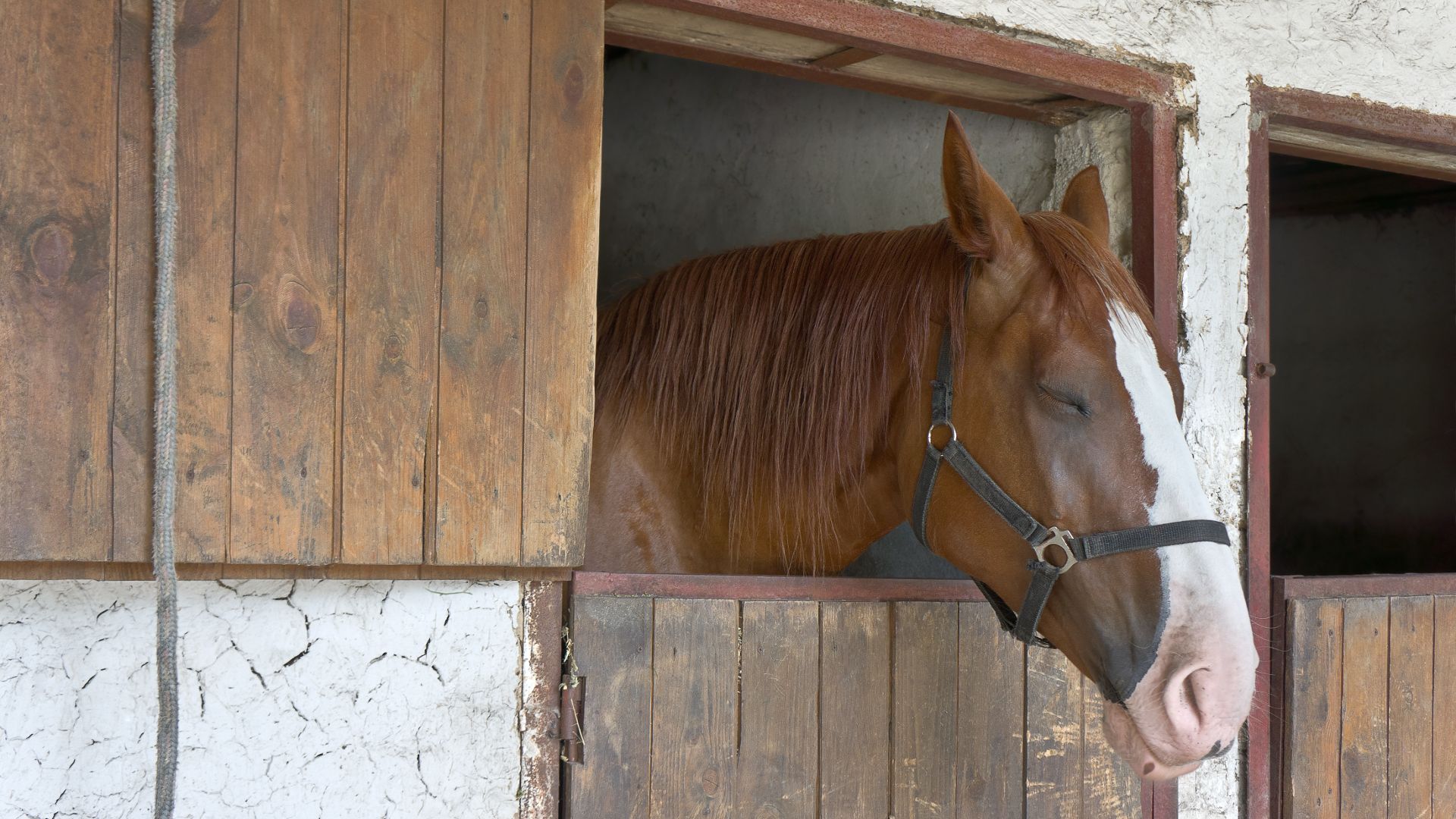
...thanks to a locking system that evolved in their legs. Horses can only achieve REM sleep when lying down, though. In a herd of horses, you’ll often see one member standing over his fieldmates while they sleep.
Horses don’t need a great deal of sleep. They spent four to five hours out of 24 sleeping, but only need 30 minutes of REM sleep while lying down.
4. Horses cannot vomit...
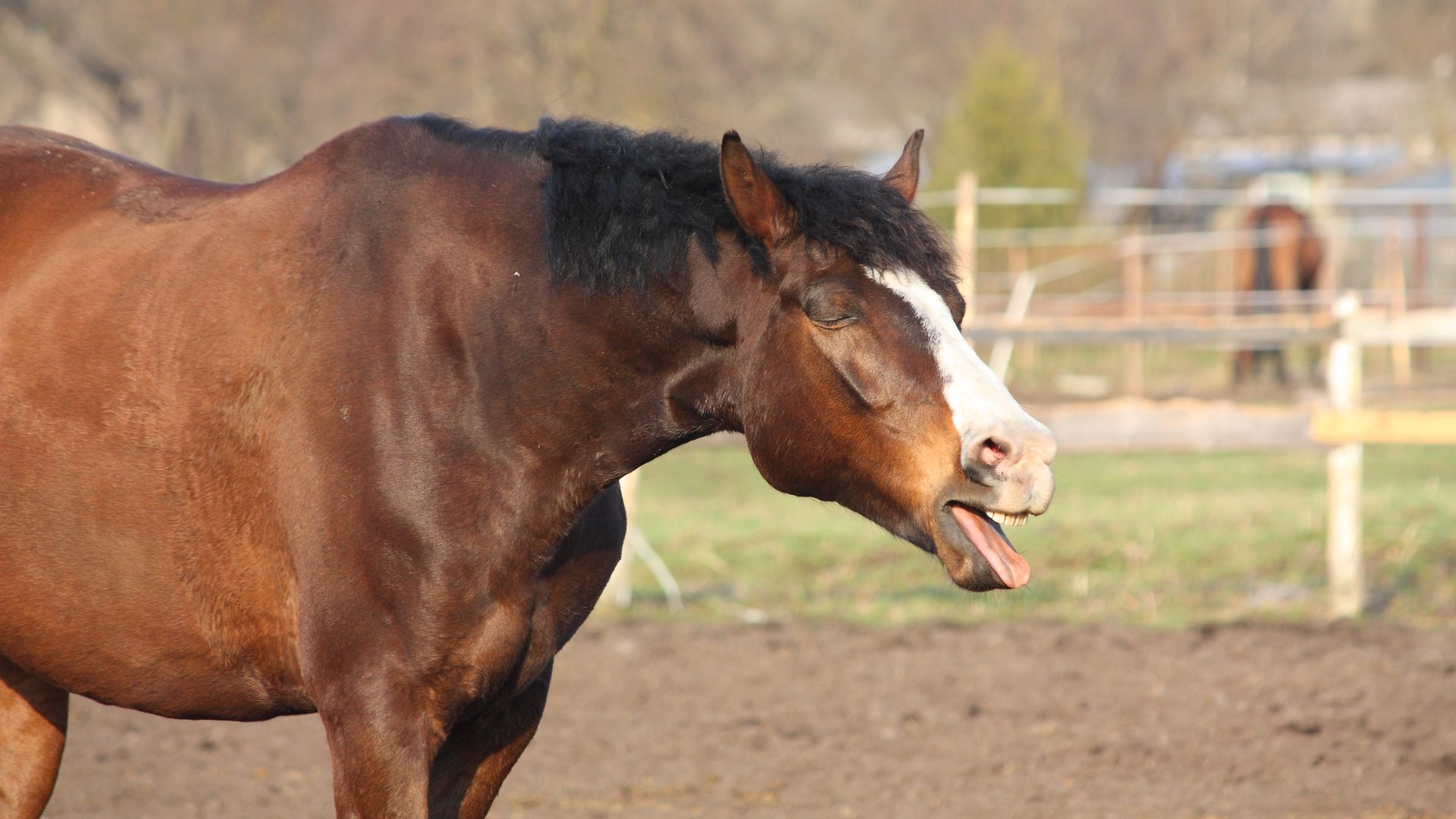
...thanks to a band of ultra-strong muscles that surround the oesophagus.
The opening of the stomach, called the cardiac sphincter, closes after food is pushed into it, acting like a one-way shut-off.
When horses are unwell, especially with colic, their inability to vomit means the stomach is at risk of rupture. Horses are often tubed when colic occurs to relieve any build-up of gas or liquid.
5. Horses have the biggest eyes of all land mammals
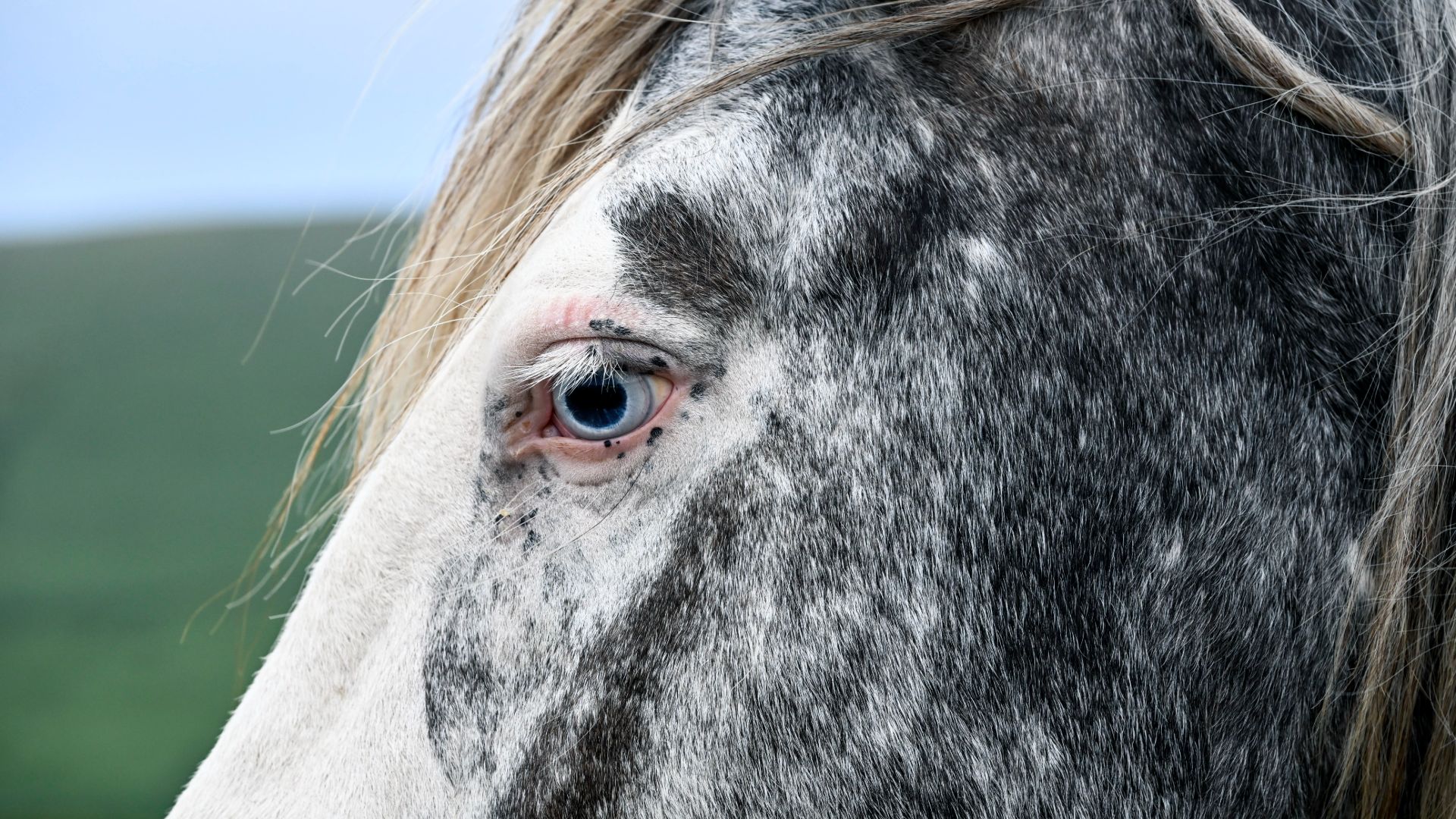
They also have a third eyelid situated inside the eye for protection, which closes diagonally.
6. Every horse has a frog in its hoof
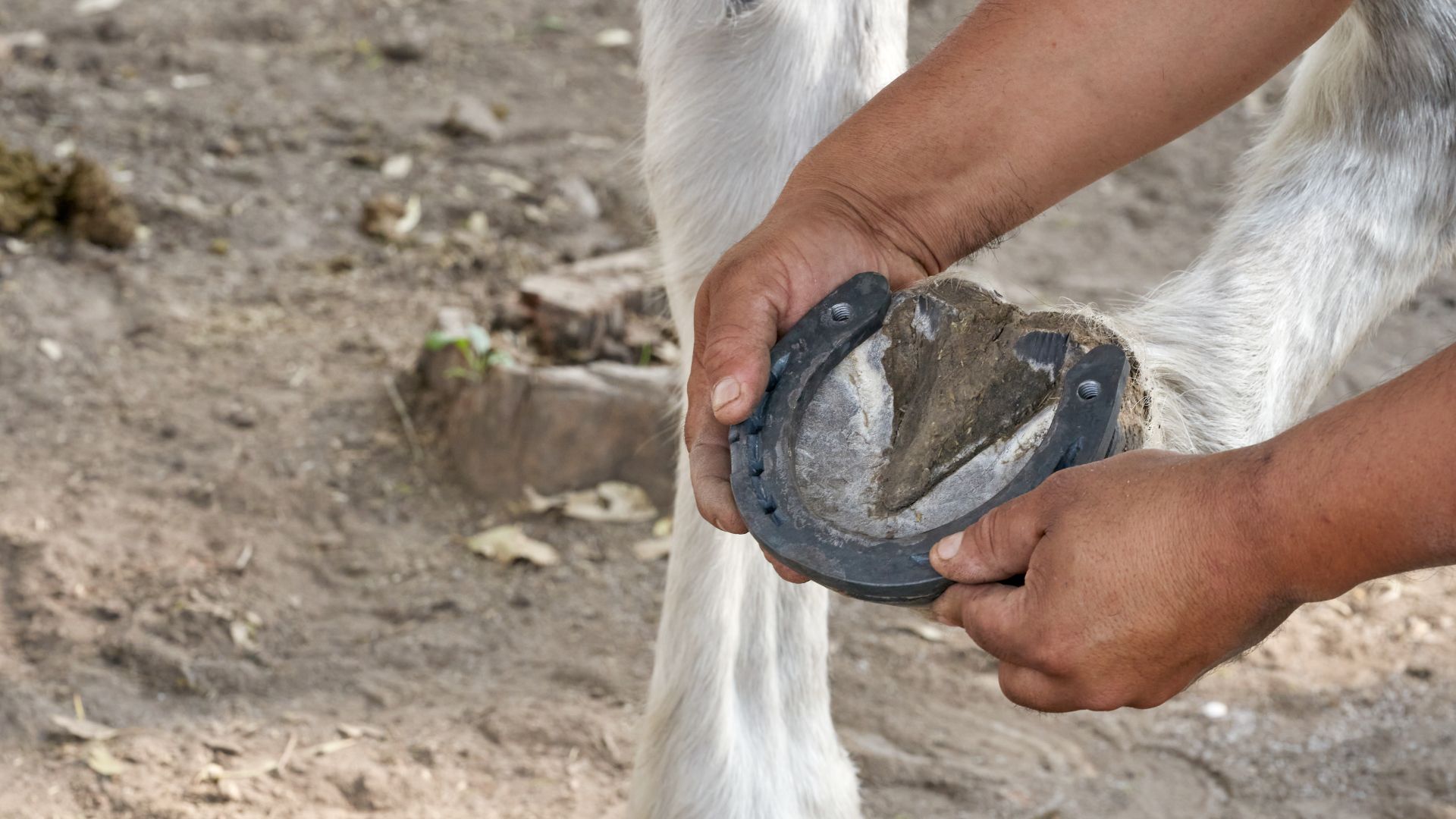
Well, not an actual frog, but it’s the name given to the V-shaped structure on the underside of the hoof. While the hoof wall is not sensitive, the frog is, and farriers must be careful when trimming it.
The frog provides shock absorption when the horse's foot comes into contact with the ground.
7. The equine brain weighs approximately one-and-a-half pounds
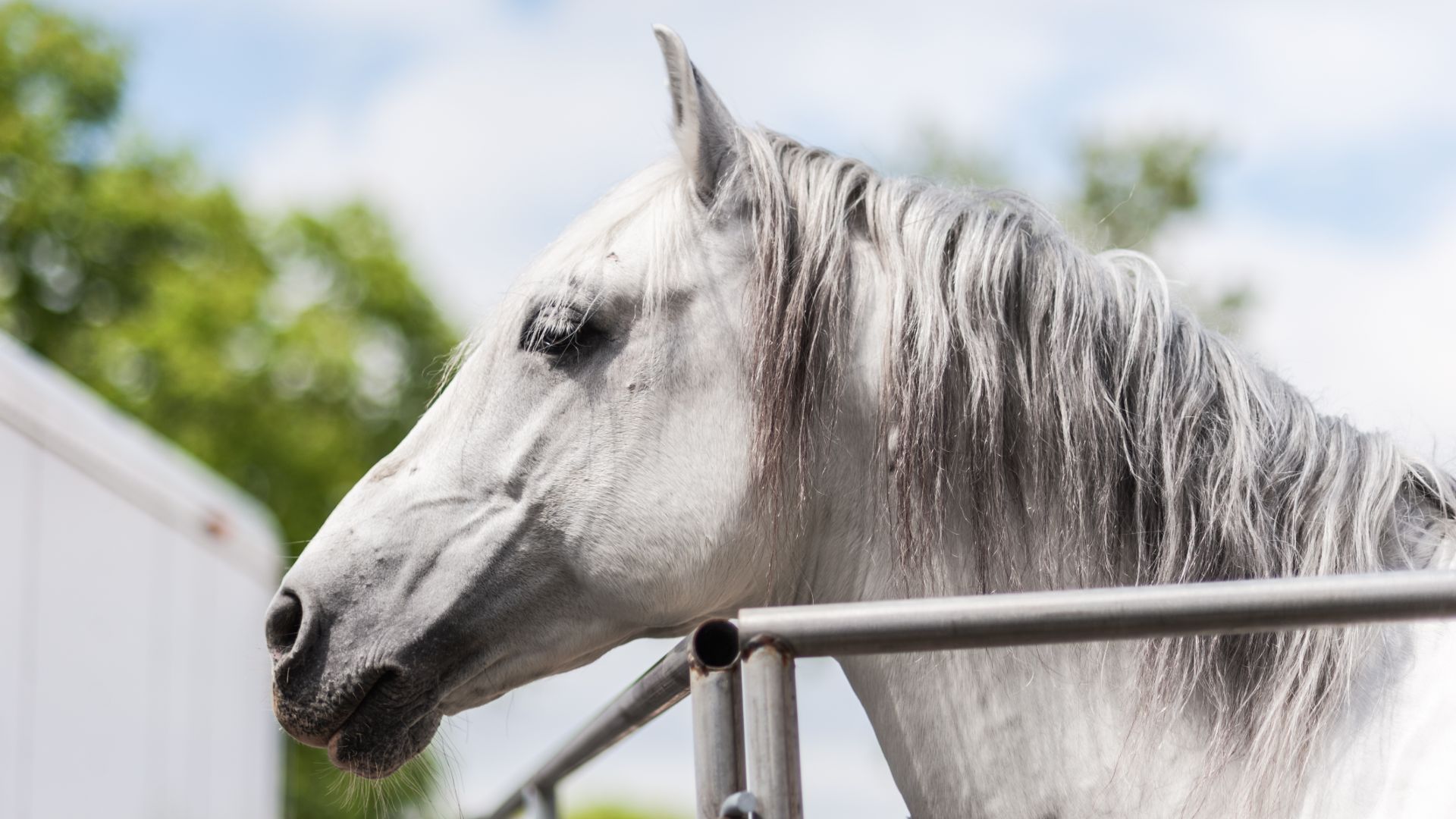
That’s roughly half the weight of the human brain!
The horse’s frontal lobe, the part of the brain responsible for decision making, is relatively much smaller than a human’s, too.
8. The equine heart weights around nine pounds
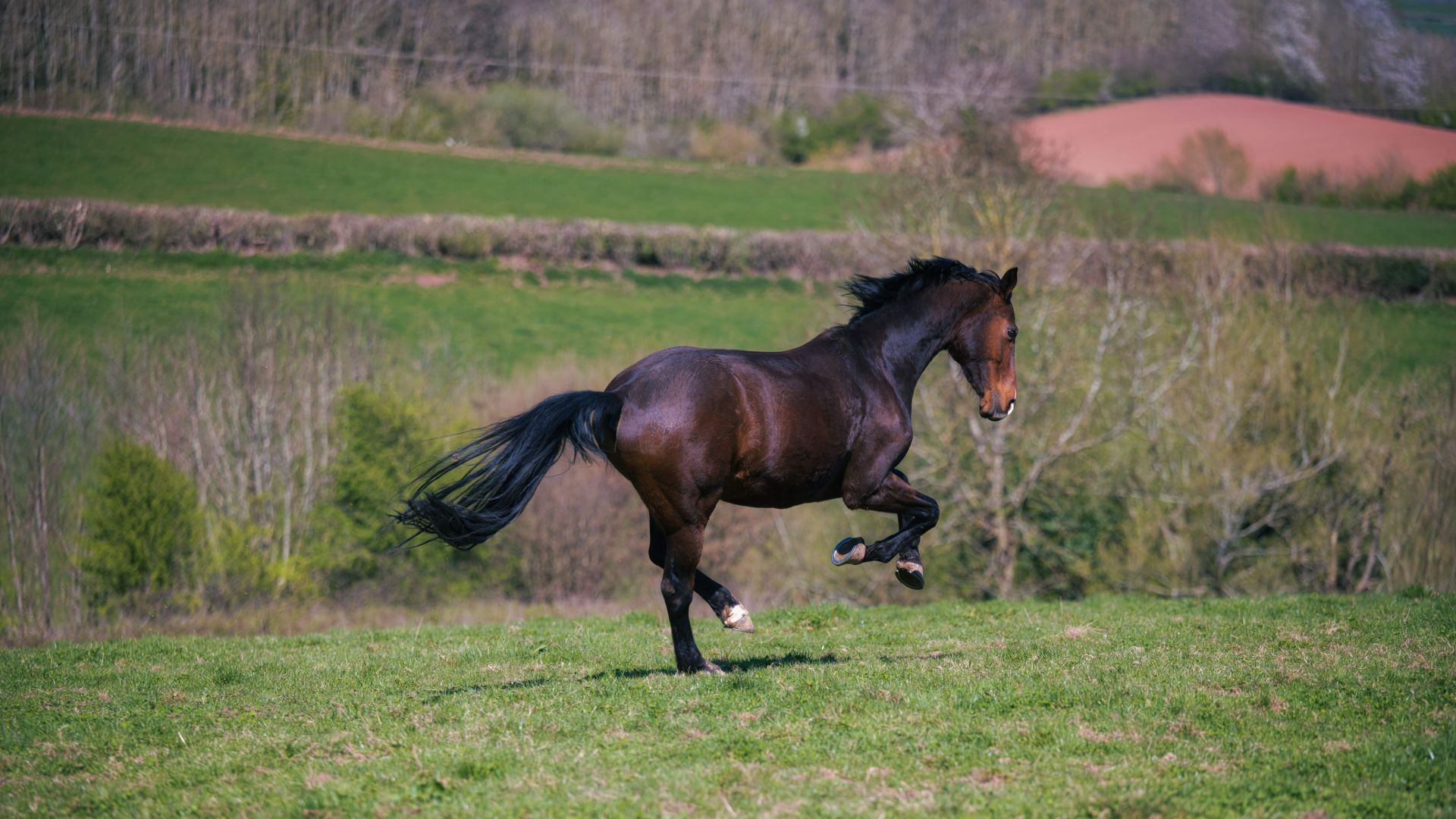
A thoroughbred horse’s powerful heart pumps some 35 liters of blood around the body per minute, compare with five in humans.
The horse’s heartbeat at rest is just 30 beats per minute, but it can reach as high as 240 at full gallop. Racehorses like Secretariat had much larger hearts than average, which boosted their athletic capabilities.
9. The average horse has a top speed of 20–30mph
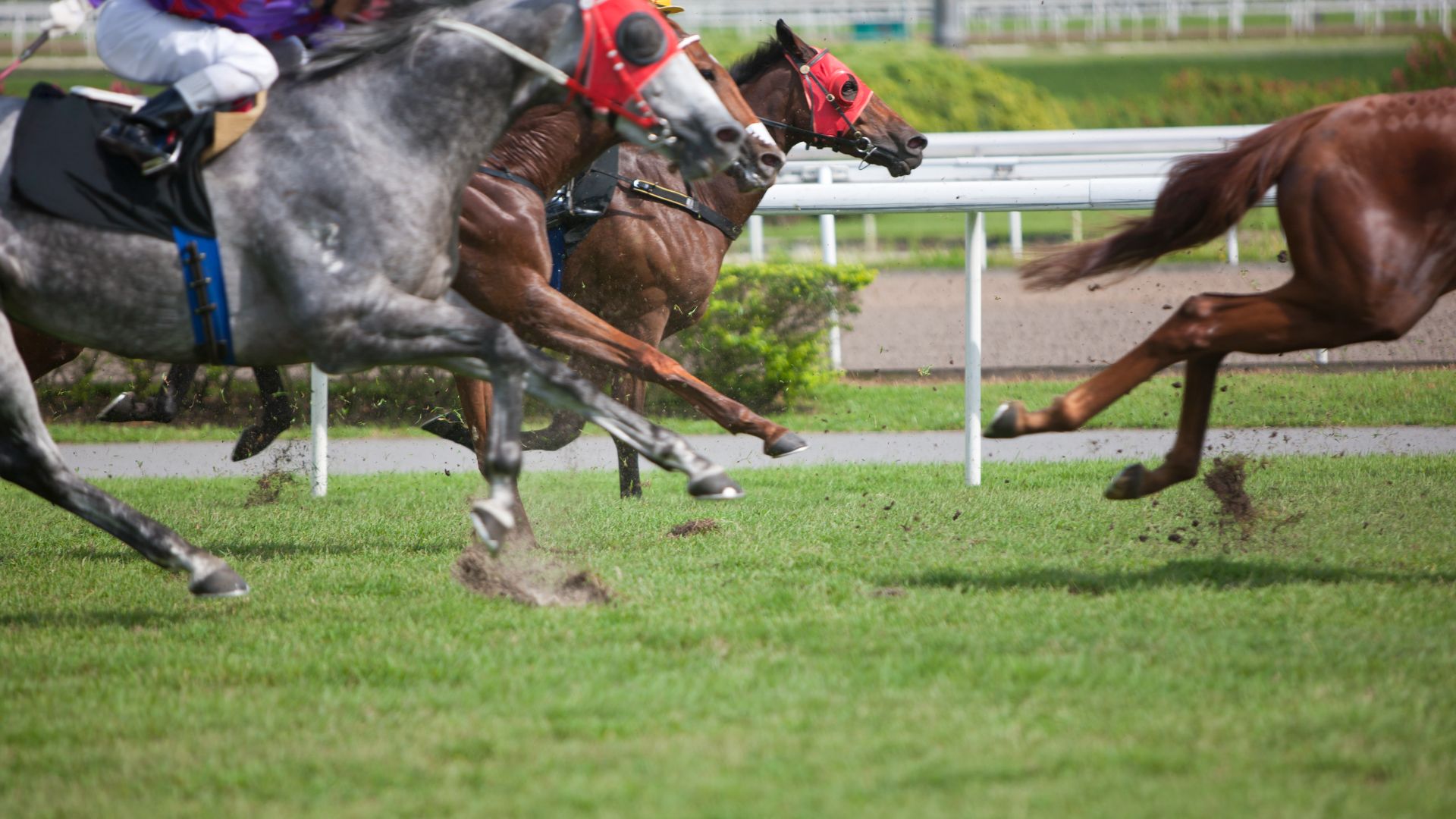
However, the fastest speed ever recorded over two furlongs was set by a racehorse called Winning Brew. She achieve 43.71mph at the Penn National Racecourse, Pennsylvania, on 14 May 2008.
10. And finally, horses can only breathe through their noses

Healthy adult horses breathe around eight to 12 times per minute at rest. During moderately strenuous exercise, a horse will breathe up to 150 times per minute.
Read next: Interesting dog facts and interesting cat facts

Bethany is an experienced news and features writer with an equestrian specialism, and has been writing for internationally recognised titles, such as Horse & Hound magazine where she is currently features assistant, since 2017.
Prior to her career in journalism, she studied BA English at the University of Nottingham, where she graduated with a first class degree.
As well as cultivating a vast and far-reaching understanding of equine training and management, her first-hand pet care experience also ranges from dogs and rabbits to chickens and sheep.
She’s also volunteered at greyhound rescue centres by walking their four-legged residents.
When she isn’t writing, she's kept busy by her two horses and cocker spaniel, Matilda, who’s a dab hand at dog agility and loves performing her favourite party trick – weaving between her human’s legs as she walks.
